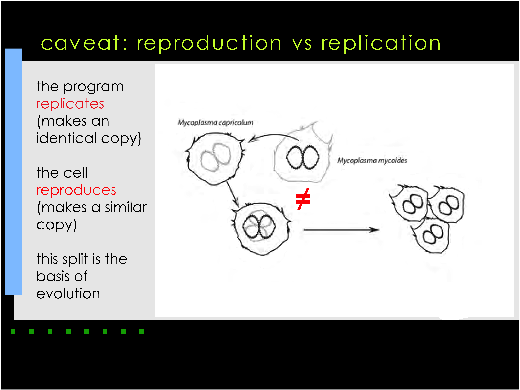Samuel GRANICK
Dawn on primeaval stones
Understanding what life is presupposes that one has a coherent representation of Nature (Φύσις). For several millenia, starting from a reflection initiated by pre-Socratic philosophers, who demarcated the Models of the World from Reality, philosophers/scientists have been searching for the founding principles, the four elements or atoms that combine into objects and processes that allowed them to understand the World, and at least in the short term, to predict its fate and behaviour.
Our modern representation of the world culminates in the convolution of four entities (quite different from the elements of the pre-Socratics, however), mass, energy, space and time. It is summarized in the famous equation written by Albert Einstein, which condenses the world into the remarkably short formula E = mc2 . This vision, which assumes that there is no privileged position in the Universe, was barely proposed when an enigmatic behaviour of energy, both wave and corpuscle, led to Werner Heisenberg's uncertainty ΔxΔp ≥ h/4π, where the strange absence of information arises, introducing it as a novel currency located at the very heart of Physics.
Our model of Reality, in this novel frame of thought, combines five currencies (categories, using the aristotelian vocabulary), and organises Science in a hierarchy that considerably differs from that proposed by Auguste Comte, placing Biology close to Mathematics, whose centre of interest is almost exclusively information (with however, as remarked by Charles Bennett, at least an essential time component).
This context is a complete revamping of our old questions about the origin of life: we now need to uncover the way taken by things to accumulate information. This has been summarized by Freeman Dyson in his book, Origins of Life, purposedly using the plural, where he separates between reproduction, that can improve over time, from replication, which can only accumulate errors, and being linked to reproduction can do so in a positive or negative way. Reproduction is based on the progressive improvement of metabolic cycles that become more and more elaborate as time progresses. And this is what we need to understand first, in the deepest reflection, when one explores the origin of life. An illustration of the difference between reproduction and replication can be seen in the transplantation experiments used as a starting point for synthetic biology by Craig Venter and his colleagues.

To this aim we need to proceed from both ends, from the past and from the present. On the one hand reasoning allows us to understand easily that we need to uncover a process that compartmentalized molecules, to permit them to progressively enrich the information of the system — and this is not possible in the poisoned gruel often retained as the still fashionable model of the "prebiotic soup" — and above all the bottlenecks of metabolic instability examplified by coenzymes, and, of course nucleotides, well known for their extreme lability.
In this domain, the extraordinary lack of curiosity that leads some to enthusiastically applaud the discovery of an amino-acid, a fairly trivial molecule, in a meteorite, indicates the lack of insight of what one has some difficulty to still name a research activity. The second approach consists in asking what is life, today, and to try to go back in time. The in-depth analysis of the genetic program of Bacteria, and this is quite remarkable, leads to ideas about what could be a plausible scenario of the origin of life, at the surface of stone dust at the interface with water. And this leads to the conclusion that carbon chemistry is certainly not the only one to be considered but that one needs, of course, to investigate how nitrogen, sulfur and phosphorous became involved in the chemistry that makes life as we know it today on Earth. Another false problem is that of homochirality: living organisms are made of building blocks that had to be selected among mirror compounds (stereoisomers). A symmetric mixture is unstable, and any local preference for one of the isomers (typically L-amino acids in proteins) would have favoured selection of further of these. Symmetry breaking is standard in physics! By contrast, once L-amino acid had been retained, sugars, which are based on derivatives of a three carbon molecule, glycerate, would be constrained to the D-form, because L-glycerate is so similar to the amino acid L-serine.